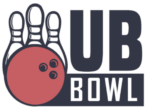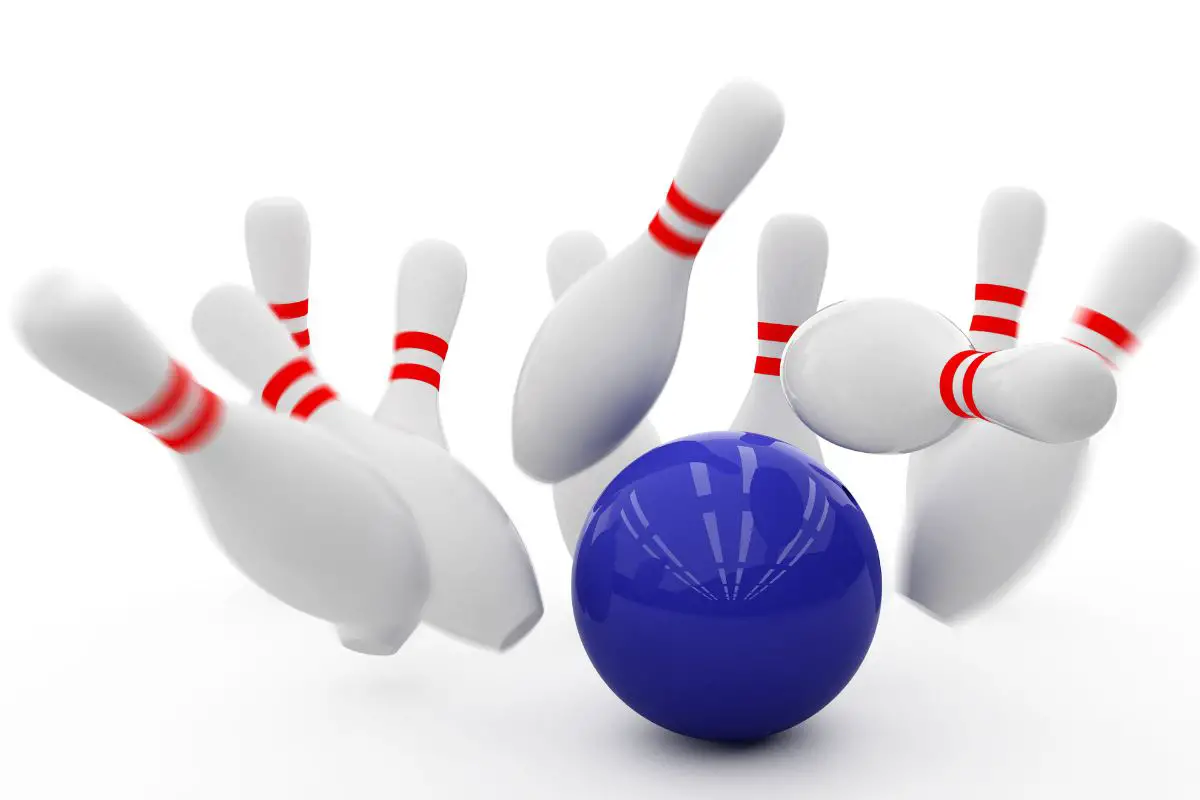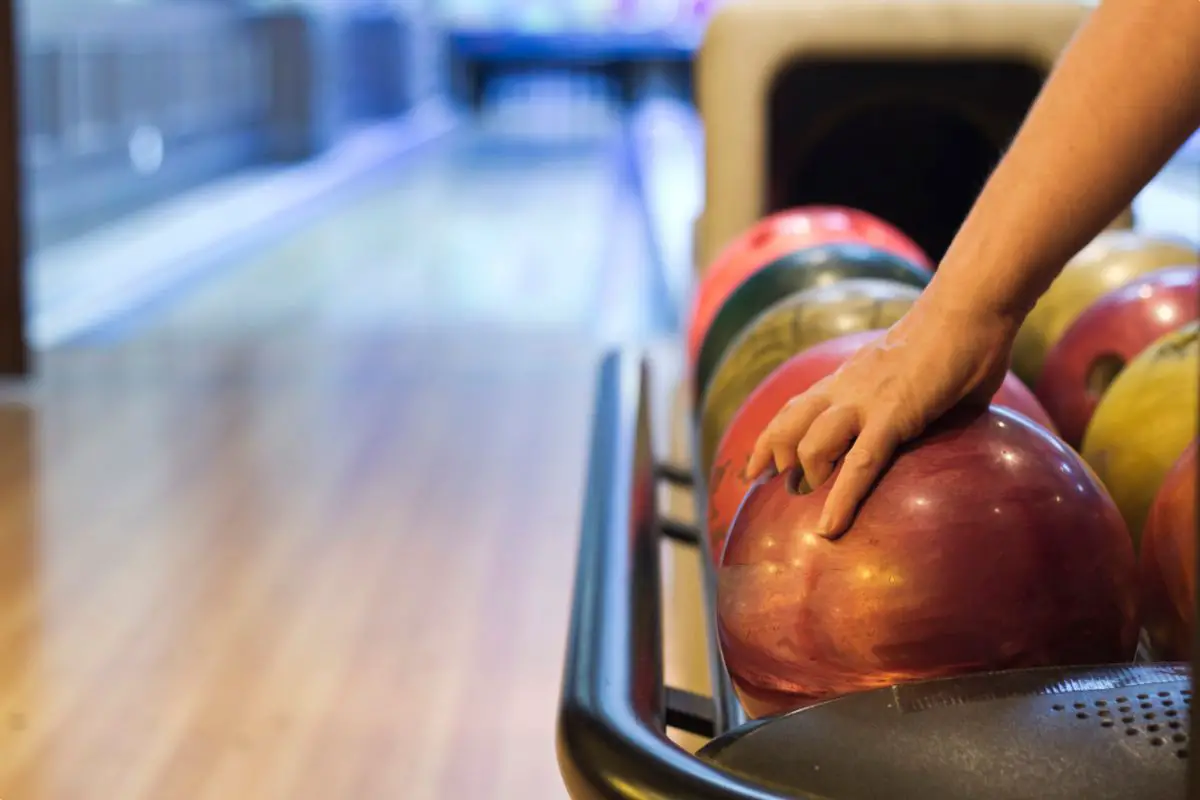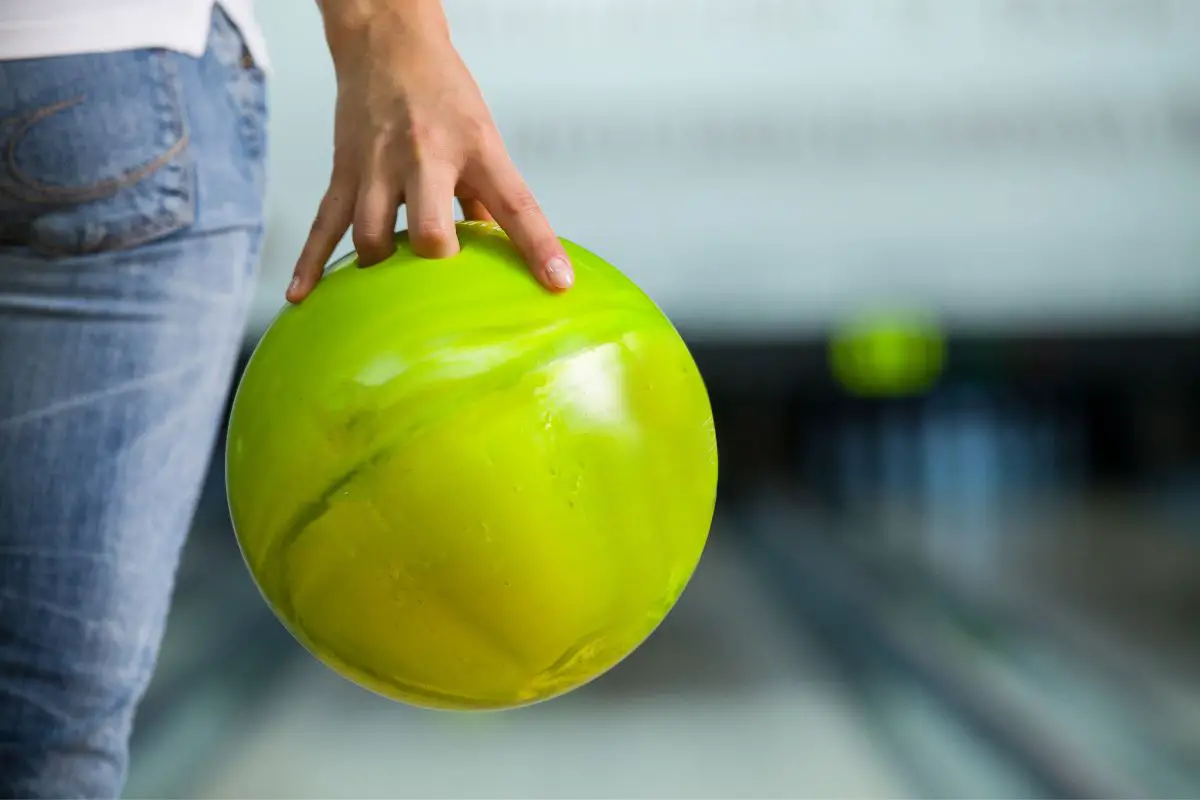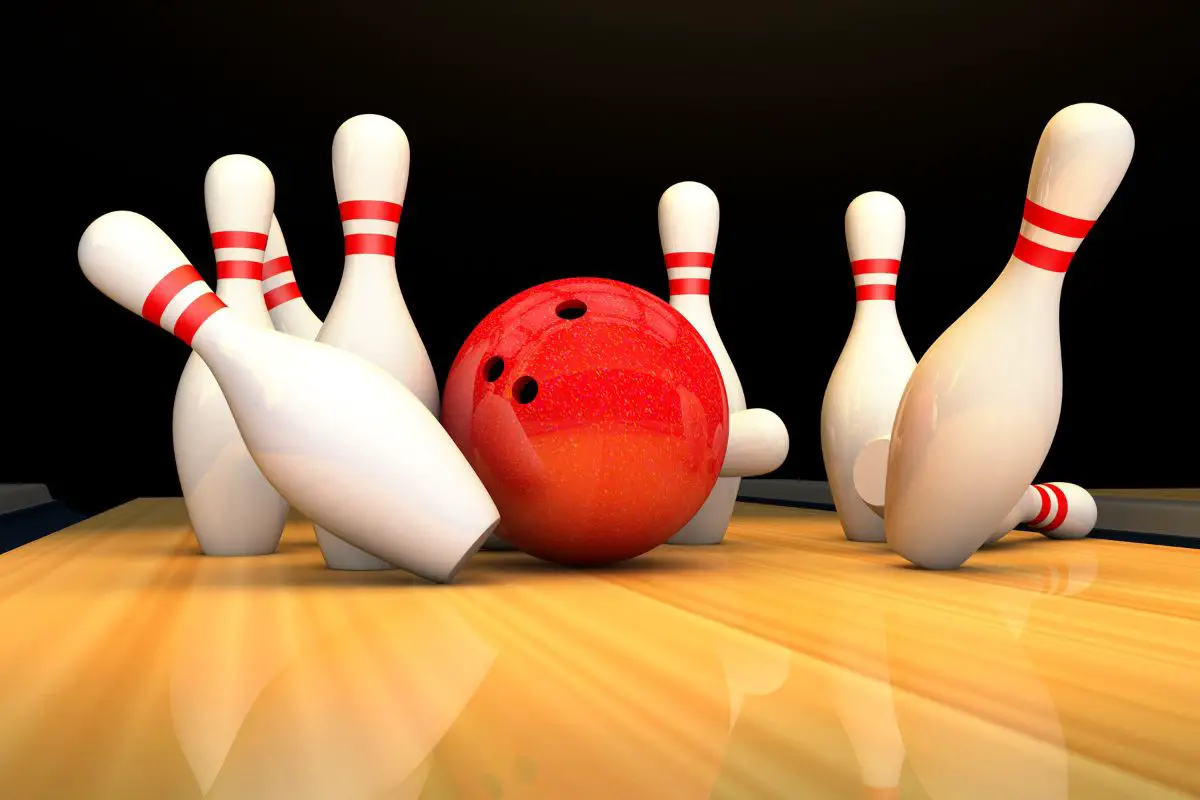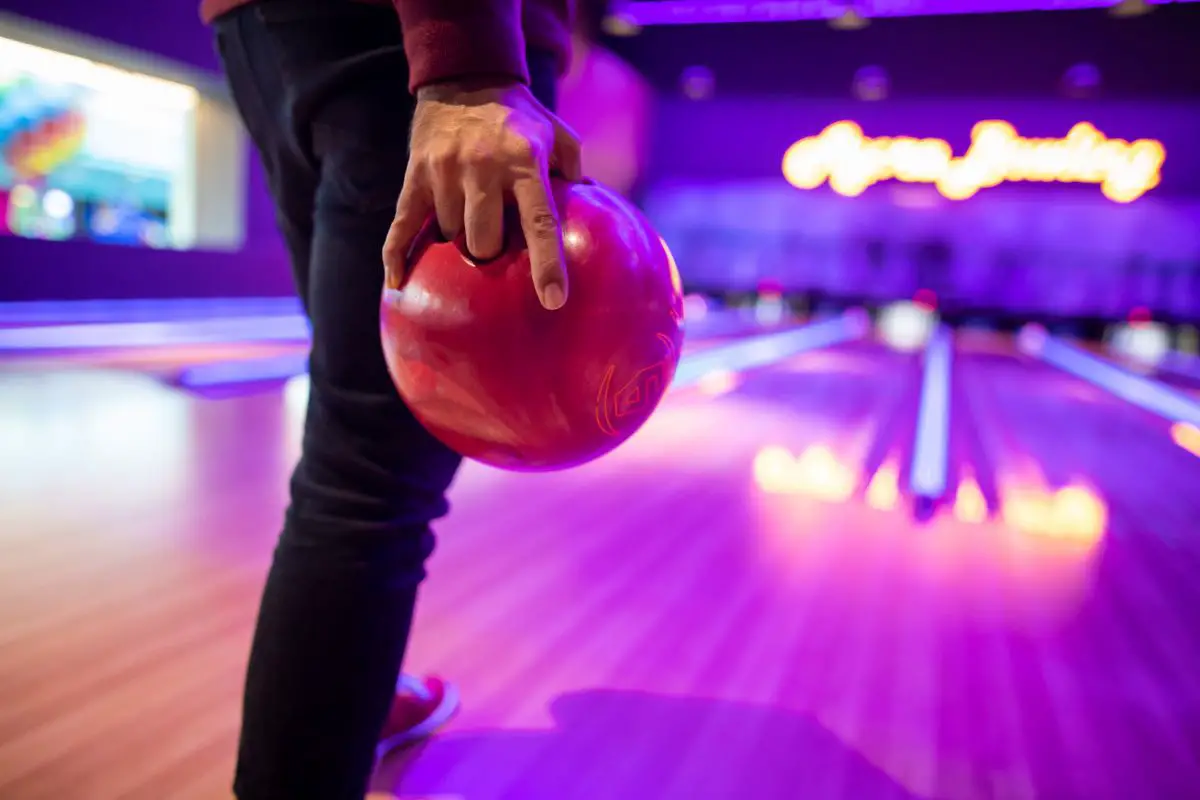We’re all familiar with the demoralizing feeling of seeing your bowling ball fall into the pocket time and time again, leaving only a few pins standing, despite having the perfect shot.
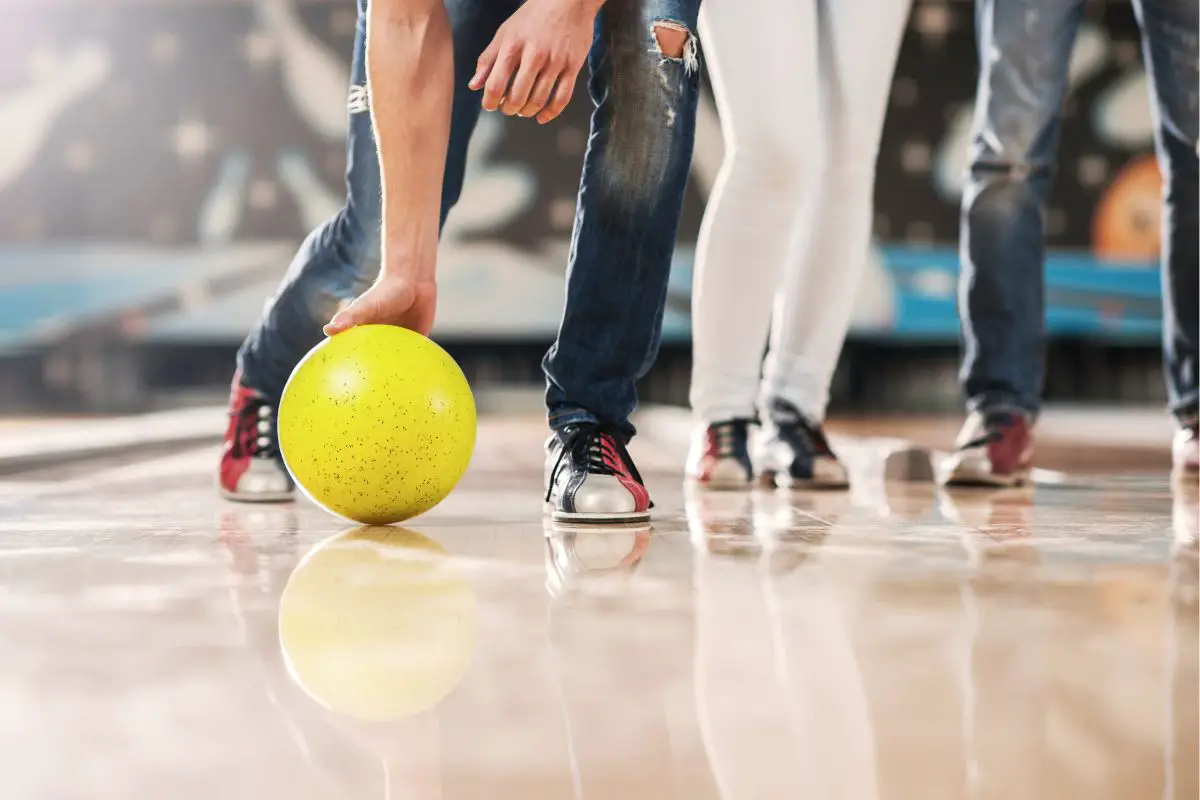
This is when straight-shooting in bowling starts to limit you in the sport. You may be following all the rules when it comes to the approach, grip, and release of the ball, but you still may find that you can’t achieve strikes.
This is when curving (hooking) a bowling ball becomes your best friend. Once you achieve consistency with amazing bowling hooks, you’ll be getting higher scores and more strikes.
This article is going to discuss what you need to know about bowling hooks, and how you can perfect yours!
What Is A Bowling Hook?
A bowling hook is also known as a curve, and it is when the ball is thrown and rolls in a curving pattern. This means the balls will hit the pins at a better angle, giving you more chance of a strike.
When a ball is thrown and travels in a straight manner, it must be thrown very precisely in order to hit a specific point. However, hooking a ball enables it to hit the pins with more force and at a certain angle, meaning you can achieve a strike with less of a precise throw.
What Bowling Ball Is Needed For a Hook/Curve?
Even if you’re following all the instructions for throwing a hook, it will not matter if you aren’t using the appropriate ball.
Plastic balls have barely any hooking potential and urethane cover stock balls offer a little more, but still are not the best.
If you’d like to perform great hooks, then a reactive resin bowling ball is the best one to use. These are the best as they perform well on the bowling lanes available today, which have an increased volume of oil.
When using the appropriate technique with this ball, you’ll be able to perform amazing hooks that will really elevate your performance.
Step-By-Step Guide To Hooking A Ball
This article will now be providing you with a step-by-step guide on how to hook your bowling ball. Get ready to become a bowling champion by learning this technique!
- When it comes to gripping the bowling ball, you can use the conventional grip, fingertip grip, or semi-fingertip grip.
- You are then to follow the same stance as you normally would, ensuring your shoulders are forward, and your arms are straight.
- Releasing the ball is where you need to change it up from your regular technique. When you’re ready to release, you must do this at the bottom of your swing, and you must pull your thumb out of the ball first. Alternatively, you can keep your thumb out of the ball the entire time, making sure to cup the ball, but you may find it harder to control your curve this way.
- As you release the ball, you are to rotate your fingers from a 4 o’clock position to a 7 o’clock position, performing a quarter-turn of your wrist and hand. You are to release the ball when you reach 7 o’clock, while also making sure your swing is powerful. This twist of the hand and wrist is crucial for performing the perfect hook.
- When it comes to practicing and perfecting your hook technique, repeat pulling your fingers out of the bowling ball as quickly as you can and add more degrees to the rotation of your hand and wrist. Make sure that your arm stays straight, and that your form is intact.
Is It Better To Use A Lighter Ball To Perform A Hook?
While the laws of physics make hooking a lighter ball easier, it doesn’t mean it’ll give you better results.
A heavier ball will give you more force when it hits the main pins and the others behind it, so opting for a lighter ball just to perfect your hook isn’t the best way to go.
You should aim to use the best ball weight suited to you, and then work hard to perfect your form and technique when it comes to throwing hooks.
If you select the right reactive resin ball for you and add some customized drill holes for your size, you’ll be able to practice the technique and become a bowling champion in no time.
Extra Tips For The Perfect Curves
Mastering the technique is one thing, but being aware of other factors is the key to achieving perfect curves.
Don’t Go Too Crazy
It may be tempting to make your hooks as sharp and hard as possible. However, these curves are hard to control and direct into the line of the pins. The best thing to do is find a happy medium with sharpness, enabling you to still have control.
Invest In Your Own Ball
As mentioned earlier, plastic balls aren’t great for practicing hooks, and neither are urethane balls, so it may be worth investing in your own reactive resin ball.
If you’re trying to improve in the sport, you’ll want your own gear that has been tailored to your needs, and you’ll also feel the most comfortable practicing with a ball that is completely yours.
Don’t Forget About Your Overall Form
It is common, when practicing hooks, to focus entirely on your bowling hand, and forget about your arm swing and form.

If your form is off, the hook will be also, to remember to have a good base when practicing, and the rest will follow.
Practice With A Tennis Ball
While it’s best to practice at a bowling alley, you can practice with a tennis ball at home!
Throwing the tennis ball with an underhand spiral is great practice for when you’re next back at the bowling alley. This is the motion that you need to perfect when it comes to throwing hooks.
Final Thoughts
Curving a bowling ball isn’t difficult. With the right technique and a lot of practice, you’ll be hooking these balls in no time, improving your game overall!
- A Comprehensive Guide to the Top Bowling Movies of All Time - December 23, 2023
- Bowling Shoes Selection Guide: How to Choose the Right Fit - September 27, 2023
- Bowling Ball Buying Guide: How to Choose the Right Ball for You - September 23, 2023
